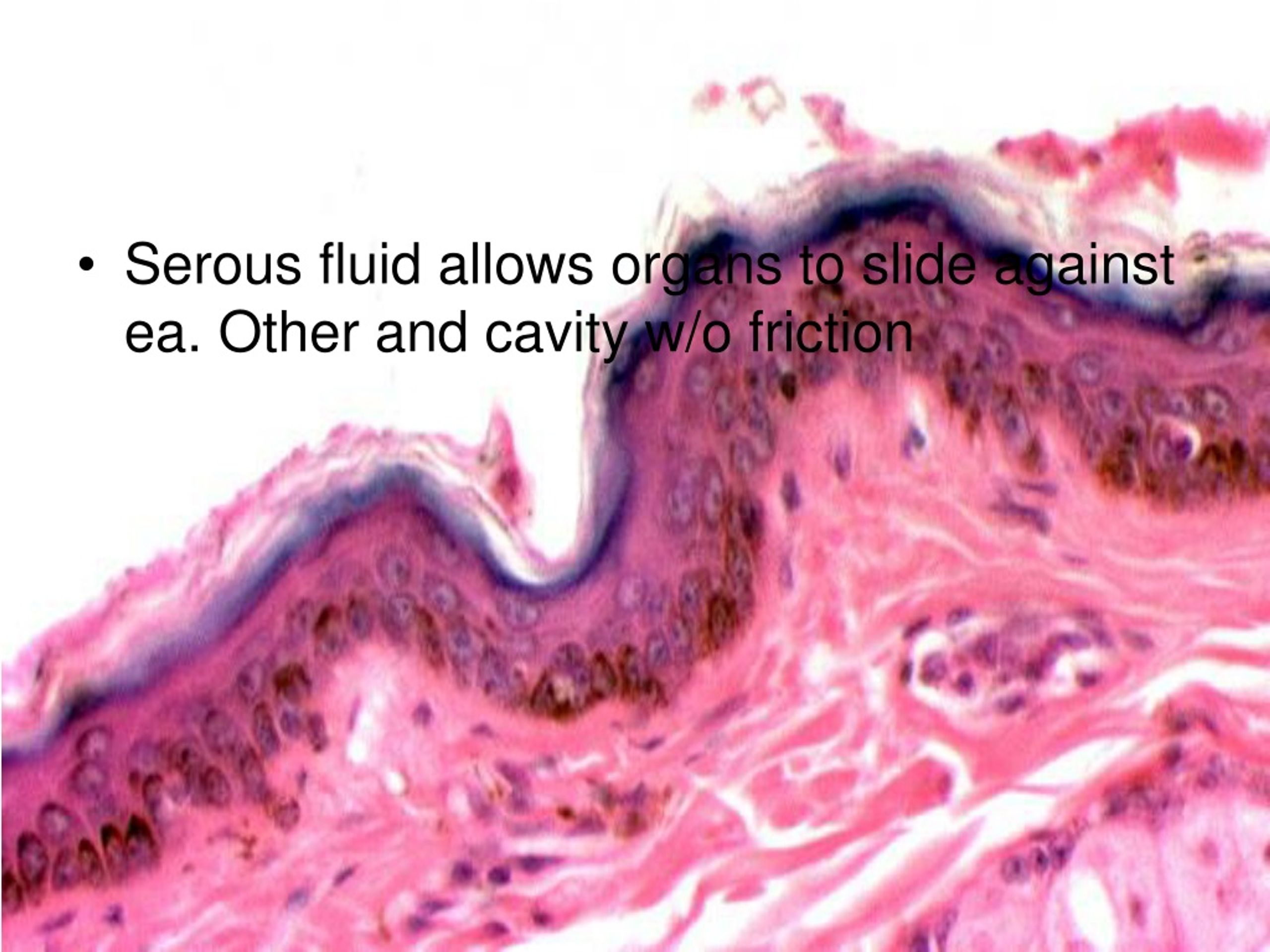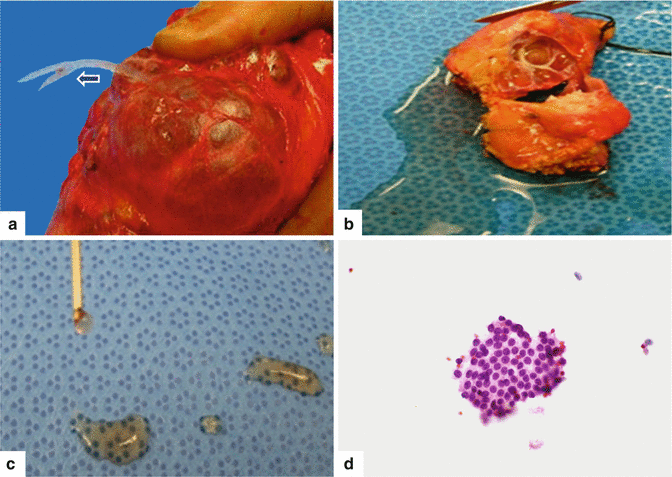

On receipt, laboratory staff will notify the pathologist who will report the specimen as soon as possible. URGENT SPECIMENS: Please label urgent specimens clearly an explanation as to why the specimen is urgent is helpful. Diagnostic importance of serous fluid examination for detection of various pathological conditions - A study of 355 cases. Please indicate details of the risk, eg: TB, blood-borne virus, etc. HIGH RISK SPECIMENS: Requests must indicate if a specimen is high risk. This function will allow the thoracic cavity to expand during inspiration. The serous fluid also generates surface tension, which pulls the visceral and parietal pleura adjacent to each other. All other samples must have a request form. The serous fluid continuously lubricates the pleural surface and makes it easy for them to slide over each other during lung inflation and deflation.

GPOCS requests must be labelled with a GPOCS label. All relevant clinical information – including if there is a history of relevant foreign travelĪll Trust specimens must be requested on Epic and be labelled with an Epic label.Patient location – inpatient/outpatient and ward.‘pleural fluid’, ‘pericardial fluid’, ‘ascitic/peritoneal fluid’ Send a separate specimen and request to Microbiology if a microbiological investigation is required.Best practice recommends 50 – 75ml of fluid is sent to the laboratory for optimal cytodiagnosis.

We regret that we are unable to accept specimens in drainage bags or leaking containers. Use a 120ml or 150ml container – specimen containers are available from pathology stores on 01392 402906.Fresh or unfixed specimens must be received on the same day as collection. To ensure best results, we request that as much fresh specimen be sent to the laboratory as possible, within 24hrs of collection.When sending a serous effusion (including peritoneal, ascites, pleural and pericardial samples) to Cytology: Conditions that produce transudates are:Įxudates appear due to an active accumulation of fluid within the body cavities, associated with damaged capillary walls. Transudates appear due to an infiltration of blood serum across an intact vascular wall.Serous fluids may be either transudates or exudates. There are 3 body cavities which under normal conditions contain a small amount of fluidĪccumulation of fluid in these serous cavities is a reflection of local or systemic disease and examination of the cells in the fluid can be of great value in establishing the underlying disease process. Serous Effusion Cytology Cellular Pathology


 0 kommentar(er)
0 kommentar(er)
